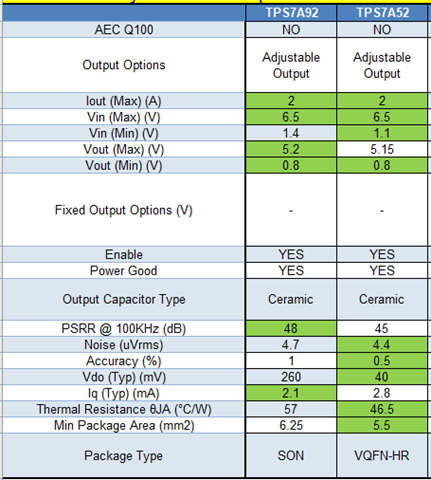Hello TI team
I need your help for my new IoT devise solution.
On my device exist LTE modem with 2G. My power source is three ENERGIZER L91 Ultimate Lithium, 1.7V. this is men i have Vsys = 5.1V
My modem request 3.3-4.3V
Please help me to find LDO or DC/DC that can reduce Vsys=5.1V to Modem V=3.4V with current 2A.
Please suggest to my application LDO or DC/DC with very low Iq and Vdrop.
BR
Ilya


